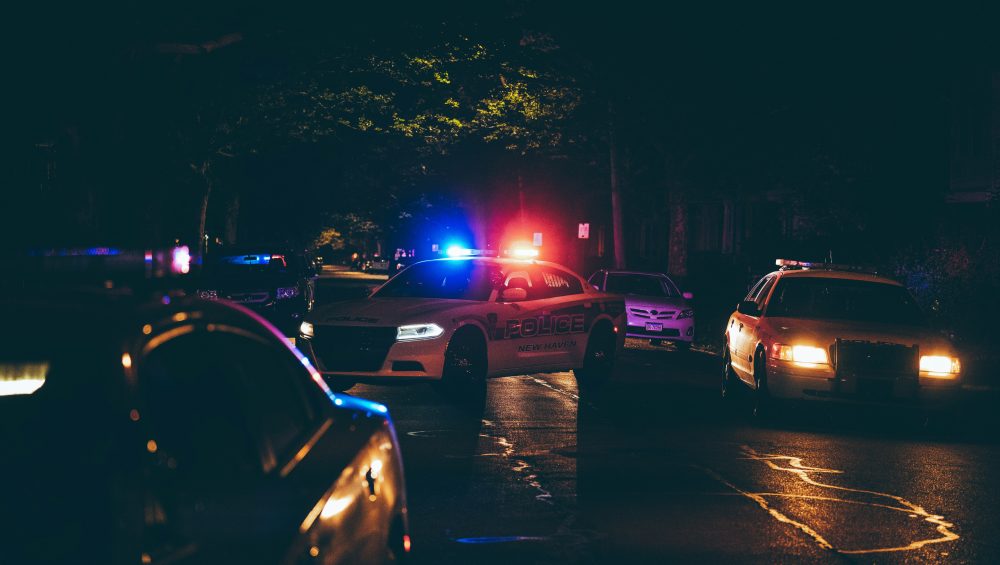Video footage has become one of the most critical pieces of evidence in modern criminal investigations. From security cameras to smartphone recordings, video data often holds the key to understanding what transpired during a crime. However, while the availability of video evidence is invaluable, the process of analyzing it is far from straightforward. For investigators, the overwhelming task of reviewing hours of footage can be a logistical nightmare and a significant barrier to justice.
The Typical Scenario After a Crime
Imagine this: A crime has occurred, and investigators are called to action. As they begin collecting evidence, video footage starts pouring in from multiple sources—CCTVs, smartphone videos from witnesses, dashcams, and more. Each of these files varies in format, resolution, and length, adding complexity to an already high-pressure situation.
Once gathered, the footage must be sorted, organized, and reviewed. This process is often slow and cumbersome. Investigators need to comb through every second of the video, looking for critical moments that could provide answers. All of this happens while the clock is ticking, and the pressure to deliver results mounts.
In such scenarios, the sheer volume of data and the urgency of the investigation make traditional video analysis methods feel inadequate.
Challenges of Traditional Video Analysis
The manual review of video evidence presents a host of challenges:
Volume of Data:
A single case can involve hundreds of hours of footage from different sources. Sorting through this data is time-intensive and overwhelming.Manual Processing:
Investigators often have to watch videos frame by frame, a painstakingly slow process that drains time and energy.Resource Constraints:
Most investigative teams are limited in personnel and equipment, making it difficult to allocate the necessary resources to handle large volumes of video efficiently.Risk of Missed Details:
Human fatigue is a real issue. After hours of reviewing footage, the likelihood of missing critical details increases significantly.
These challenges create bottlenecks in investigations, delaying justice and sometimes leading to missed opportunities to solve cases.
The Emotional and Operational Toll on Investigators
Beyond the operational challenges, the emotional toll on investigators is profound. Reviewing video footage, especially when it contains graphic or distressing content, can be mentally taxing. Investigators face immense pressure to deliver results quickly, which adds to their stress and fatigue.
This emotional strain is coupled with operational inefficiencies. The time spent manually analyzing video could be better used in strategizing and solving cases. Yet, without proper tools, investigators have no choice but to shoulder this burden.
Moving Beyond Overwhelm with Technology
The advent of AI-powered tools offers a glimmer of hope in this overwhelming landscape. These advanced systems are designed to address the specific challenges of video analysis, making the process faster, more efficient, and less taxing for investigators.
Key benefits of AI-powered video analysis include:
- Speed: AI systems can process hours of footage in minutes, drastically reducing the time needed for analysis.
- Accuracy: Advanced algorithms can identify faces, vehicles, objects, and anomalies with a level of precision that minimizes errors.
- Automation: By automating repetitive tasks, AI frees up investigators to focus on higher-level decision-making.
These tools not only enhance efficiency but also alleviate the emotional and physical strain on law enforcement professionals, allowing them to work more effectively.
SmartID: A Game-Changer in Video Analysis
Among the most innovative solutions in this space is SmartID, an AI-powered device that redefines video analysis for criminal investigations. Designed to address the specific pain points of traditional methods, SmartID combines cutting-edge technology with user-friendly functionality to deliver unparalleled results.
SMARTID’s capabilities include:
- Rapid Processing: One hour of video can be analyzed in just five minutes, saving countless hours of manual review.
- Comprehensive Analysis: SmartID can detect faces, vehicles, and anomalies across multiple video sources, ensuring no detail is overlooked.
- Portability: Unlike many other solutions, SmartID requires only a power source to operate, making it ideal for use in the field or at a command center.
- Independence: With no need for internet or network connections, SmartID provides reliable performance in any environment.
By transforming video analysis from a time-consuming task into a streamlined process, SmartID empowers investigators to focus on solving cases rather than struggling with technology.
Conclusion
The overwhelming nature of post-crime video analysis is a reality faced by investigators worldwide. From managing vast volumes of data to navigating the emotional toll of the work, traditional methods are no longer sufficient to meet the demands of modern policing.
AI-powered solutions like SmartID offer a way forward, addressing the challenges of manual analysis with speed, precision, and efficiency. By integrating tools like SmartID into their workflows, law enforcement agencies can not only save time but also ensure that critical evidence is identified and acted upon swiftly.
In the end, technology like SmartID doesn’t just make video analysis faster—it makes justice more attainable. When every second counts, SmartID is the partner that investigators can rely on.






